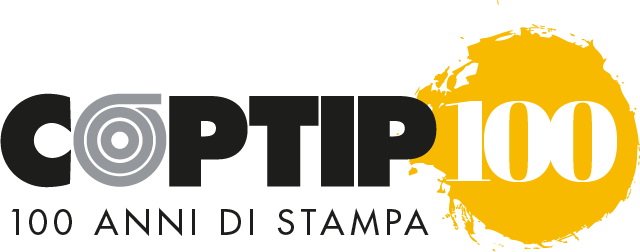FOUNDATION & EARLY YEARS
Coptip Industrie Grafiche has shown a vocation for innovation ever since birth…
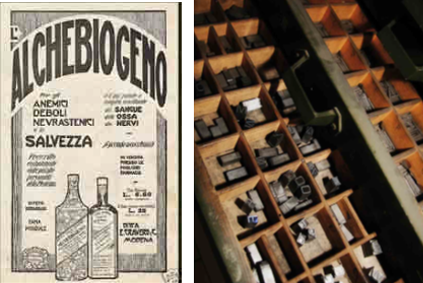
Indeed, it was founded by a workers buyout ante litteram, when employees of the Blondi & Parmeggiani printing company bought the company from their ex-employer.
That was in 1919… and various other Modena typographers and eight printing companies soon joined the initiative.
In February of the following year, the Constitutive Assembly of the Modena Typographers Cooperative took place, during which 90 members approved the Statute and appointed the Management. The date of the shareholders’ register – our official birth certificate – is dated March 6, 1920.
THE WAR AND THE 1950s.
During the Nazi-Fascist occupation, the Typographers Cooperative was confiscated by the German Military Command in Modena, which used it for printing proclamations and dispatches.
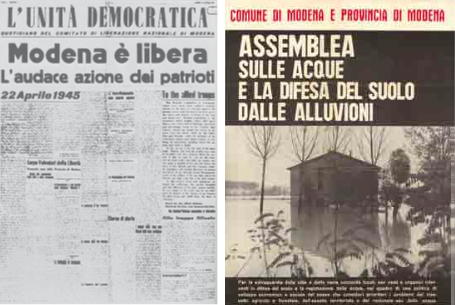
However, some of the workers managed to steal the most efficient printing presses and passed them to the partisans, along with paper and ink. On April 22, 1945, the day of the liberation of Modena, the Cooperativa Tipografi passed under the control of the National Liberation Committee, which published the first issue of the newspaper L’Unità Democratica: the headline on the first front page proclaimed “Modena is liberated”.
And thanks to the thrill of freedom, business resumed with a surge of optimism and confidence in the future. After a period of economic and productive adjustment, the cooperative launched a technological renewal plan. In 1955, a new fully owned headquarters was inaugurated.
In the following years, the Società Arti Grafiche Modenesi, later together with Poligrafica Emiliana, began activity. The latter’s connections with the international market became one of the strengths of the renamed Coptip company in 1979.
1960s and 70s:
PUBLISHING AND MERGER WITH POLIGRAFICA.
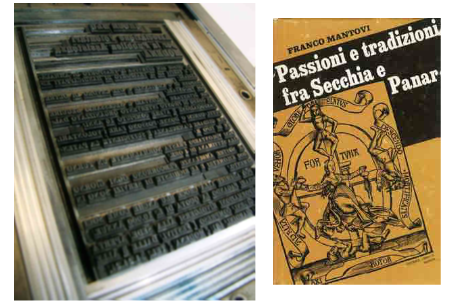
The need to establish a modern and competitive production centre pointed to an alliance between Cooptip and Poligrafica Emiliana: the project involved a profound reorganisation of work processes and an ambitious corporate restructuring program.
The merger proposal was approved and on January 1st, 1979 the new company was born, maintaining the name Cooptip: Poligrafica Emiliana brought its international market as a dowry, plus new offset machinery and an innovative and entrepreneurial spirit… bonuses to be combined with the long-running typographic mastery of the Tipografi Cooperative.
1980s:
OFFSET PRINTING AND THE MAJOR RETAIL CHAIN MARKET.

In the 1980s, the printing market collapsed, in perfect synchronisation with the boom of the consumer advertising market. The colour graphic printing market was striding ahead, and innovative solutions were needed fast, to remain competitive and survive. Our solution lay in multi-colour lithographic machinery, able to print on larger formats and guaranteeing higher quality: time for the offset revolution, a big step for Cooptip, which focused its offer on more technologically advanced four-colour products. The new machines also paved the way for new markets: ceramics, furniture factories and the countless industries that, in general, needed colour catalogues.
Dynamism, foresight and a vocation for evolution have laid the foundations for Cooptip’s fortunes: those were the years when the company acquired its first rotary press, an investment in technology and advanced processes which enabled the company to consolidate itself in its reference markets and also to penetrate the Tour Operator and Major Retailing Chain markets.
In the late 1980s and early 1990s, the catalogue market for large-scale retail trade organisations became the cornerstone of Cooptip’s turnover, marking a further evolution as it passed from industry catalogues – of 15-20 thousand copies – to product catalogues with print runs of over 100 thousand copies, with high page numbers and rapid delivery times. In 1986 Cooptip changed its name to Coptip Industrie Grafiche and inaugurated a new factory in Via Gran Bretagna, Coptip’s current headquarters.
THE 1990s:
THE COMPUTER REVOLUTION. .

Coptip systematically re-invested its constantly increasing profits in the perpetual innovation race: in the mid-nineties, the company established total control of its entire supply chain, with its own departments of photo composition, assembly, sheet and reel printing, sewing, labelling and cellophane wrapping… but the most dramatic innovations were in the pre-print sector. The company acquired its first CTP (Computer-to-plate) devices, capable of printing directly from the file processed on the computer: entirely bypassing the production of film to engrave the printing plates.
Internet contributed hugely to speeding up production, allowing constant collaboration with the customer, who used it to send the layout ready for printing, and checked the blueprint sent back to them in real time.
THE POST MILLENIUM DECADE:
BETWEEN CRISIS AND INNOVATION.

Come the beginning of the twenty-first century, the printing sector began to sag: communication was moving towards TV and Internet… so Coptip reacted by launching an unprecedented modernisation campaign to maintain growth. Between 2001 and 2006 it replaced all its presses with latest generation systems (a Koenig and Bauer Compacta 618 offset press with 48-page output, and two MAN Roland 64-page presses), launching a bold renewal of production processes.
So despite the deadly 2007-2013 recession, Coptip managed to retain customers and increase its presence in the Major Retail Chain sector, maintaining high turnover. Unlike many competitors, it hired more employees and invested in new technologies: it installed a new large MAN Roland 80 page press with an hourly production of 45,000 copies/hour, two LGV shuttles for automatic pallet handling, an automated separate collection system for waste copies to eliminate isopropyl alcohol, a photovoltaic system and a trigenerator.
SPECIALISED, FLEXIBLE AND FAST:
THE LAST 10 YEARS.

The increasing focus on the large-scale retail sector opens the doors to Southern European markets: Coptip begins to collaborate with major European printers, intertwining relationships and sharing skills, innovations and a new international vision.
Nevertheless, to meet the increasingly tight reaction times required by Major Retail Chains, it has continued to renew its production structure in terms of speed and flexibility. Versatility has become a new key virtue, and a corporate culture based on proactivity and problem solving has become a further potent lever for success. All part of enhancing Customer Service: availability 24 hours a day and 6 days a week, wide ranges of page numbers and formats and new printing technologies that enable executive files to be modified up to the last moment and commercial messages to be enhanced to irresistible heights. Coptip maintains everyday relationships and partnerships with operational and technical figures within Major Retail Chains and supply chain players. from creative graphic design and layout studies to distributors. This enables the company to guide, perform and speed up the whole process, without delays and quickly dealing with any setbacks.
In addition to consolidating its market relation with the Major Retail market, Coptip also decided to extend its range. In 2014 it acquired a Modena-based company specialised in labels and special papermaking, and in 2015 it carried out the merger by incorporation of Nuova Grafica, a Cooperative based in Carpi, specialising in the creation of high-quality printed products. The 2 companies integrated into a single industrial complex called FORMAGRAFICA Srl. The operation permitted Coptip to penetrate new markets, acquiring new skills in the packaging and paper converting segments. However, the time for permanently integrating with this new segment were not yet ripe, so – after providing it with boosted commercial impetus – Formagrafica srl was sold.
Nevertheless, Coptip then lived up to its boldly innovative spirit: in 2018 it committed to a massive investment of 17 million euros… 40% of its turnover. As a result, the largest offset printing machine in southern Europe arrived, a Lithoman MAN R80, the most advanced German printing technology available. 180,000 copies per hour, outstanding format versatility, from 8 to 88 pages, maximum print quality with minimum costs and times… together with Coptip’s flexibility, these elements guarantee rapid and massive production of catalogues for Medium and Major Retail Chains. Thanks to this extraordinary new press, Coptip has consolidated its leadership in the Italian market and entered the continental arena, acquiring major customers including Mediaworld, Brico, But, Aldi and Leroy Merlyn, worth a 10% turnover increase.
Never sated, Coptip is already planning its next evolution in range, aimed at further expanding its products for the large-scale distribution sector, adding processed paper services, packaging and alternative materials that also target the agro-food sector.
